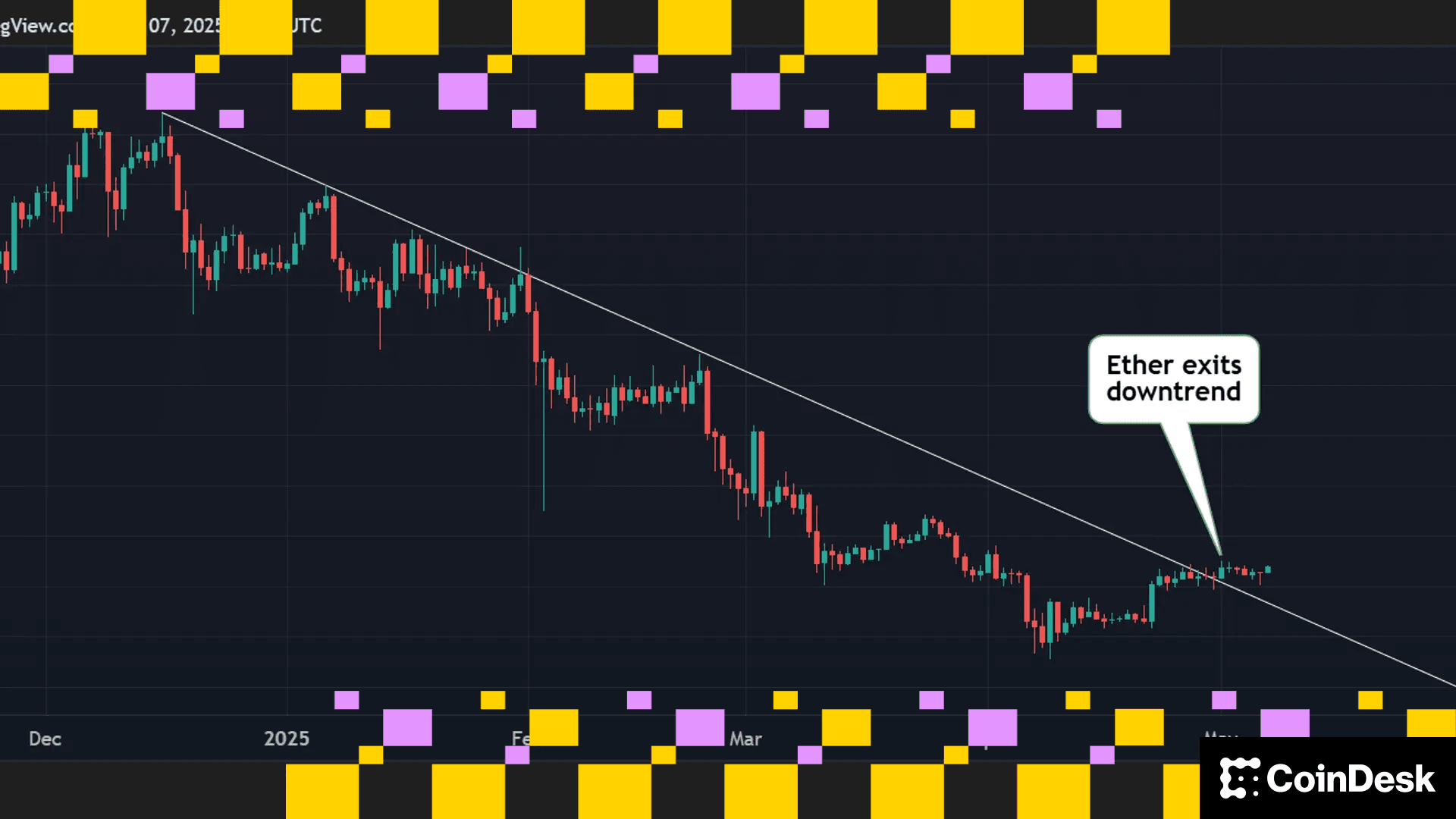Argentines Take Refuge in Stablecoins After Economy Minister Resignation
Major crypto exchanges reported consumers purchased up to three times as many stablecoins over the weekend as they usually do amid a growwing economic crisis.
Following the resignation Saturday of Argentina's economy minister Martin Guzmán amid an economic crisis, Argentines purchased between two and three times as many stablecoins as they do on a typical weekend, crypto companies in the country told CoinDesk.
Three major crypto exchanges said consumers were looking to hedge against a potential devaluation of the Argentine peso (ARS), whose buying power has plummeted over the past year as inflation skyrockets.
Following Guzman’s resignation, the peso depreciated about 15% against the stablecoins DAI and
“Whenever there is one of these news stories in Argentina, because of the 24/7 nature of crypto, it is the first market where Argentina starts to look for a price for the U.S. dollar. This drives volumes up,” Sebastian Serrano, CEO of the Argentina-based crypto exchange Ripio, told CoinDesk.
Guzmán’s resignation is part of the latest fallout from a fight between Argentine President Alberto Fernandez and Vice President Cristina Fernández de Kirchner over the economic direction of the country, where inflation spiked 60% in May compared with the same month last year.
In addition, Argentina's central bank is running out of foreign currency reserves, which is hindering imports, among other consequences.
Read more: Why Argentines Are Turning From Dollars to Stablecoins Like DAI
Argentine exchange Buenbit recorded a 300% increase in trading on Sunday compared with the same day in previous weeks, the company told CoinDesk. It said “many people” used their DAI as collateral to obtain loans in Argentine pesos and purchase more DAI as protection against a potential peso devaluation.
Various local media reports did not rule out the possibility that the government might announce a foreign exchange holiday on Monday to calm markets.
Due to the lack of price references for the U.S. dollar over the weekend, most Argentine exchanges increased the spreads between bid and ask prices to 18%, when in general they are around 2%.
Pablo Sabbatella, founder of the crypto education platform DefyEducation, which focuses on Latin America, tweeted on Sunday, “Exchanges added a giant spread so that people don't trade and they [the exchanges] hedge against tomorrow's opening price.”
“Due to demand and without a reference replacement price, prices rose and spreads widened,” tweeted Andrés Vilella Weisz, head of trading and strategy at the Argentina-based crypto exchange Lemon Cash, adding that after Guzman's resignation the demand for crypto dollars was strong.
Read more: Argentina Was at the Cusp of a Crypto Boom. The Central Bank Had Other Plans
Higit pang Para sa Iyo
Exchange Review - March 2025

CoinDesk Data's monthly Exchange Review captures the key developments within the cryptocurrency exchange market. The report includes analyses that relate to exchange volumes, crypto derivatives trading, market segmentation by fees, fiat trading, and more.
Ano ang dapat malaman:
Trading activity softened in March as market uncertainty grew amid escalating tariff tensions between the U.S. and global trading partners. Centralized exchanges recorded their lowest combined trading volume since October, declining 6.24% to $6.79tn. This marked the third consecutive monthly decline across both market segments, with spot trading volume falling 14.1% to $1.98tn and derivatives trading slipping 2.56% to $4.81tn.
- Trading Volumes Decline for Third Consecutive Month: Combined spot and derivatives trading volume on centralized exchanges fell by 6.24% to $6.79tn in March 2025, reaching the lowest level since October. Both spot and derivatives markets recorded their third consecutive monthly decline, falling 14.1% and 2.56% to $1.98tn and $4.81tn respectively.
- Institutional Crypto Trading Volume on CME Falls 23.5%: In March, total derivatives trading volume on the CME exchange fell by 23.5% to $175bn, the lowest monthly volume since October 2024. CME's market share among derivatives exchanges dropped from 4.63% to 3.64%, suggesting declining institutional interest amid current macroeconomic conditions.
- Bybit Spot Market Share Slides in March: Spot trading volume on Bybit fell by 52.1% to $81.1bn in March, coinciding with decreased trading activity following the hack of the exchange's cold wallets in February. Bybit's spot market share dropped from 7.35% to 4.10%, its lowest since July 2023.
Higit pang Para sa Iyo












